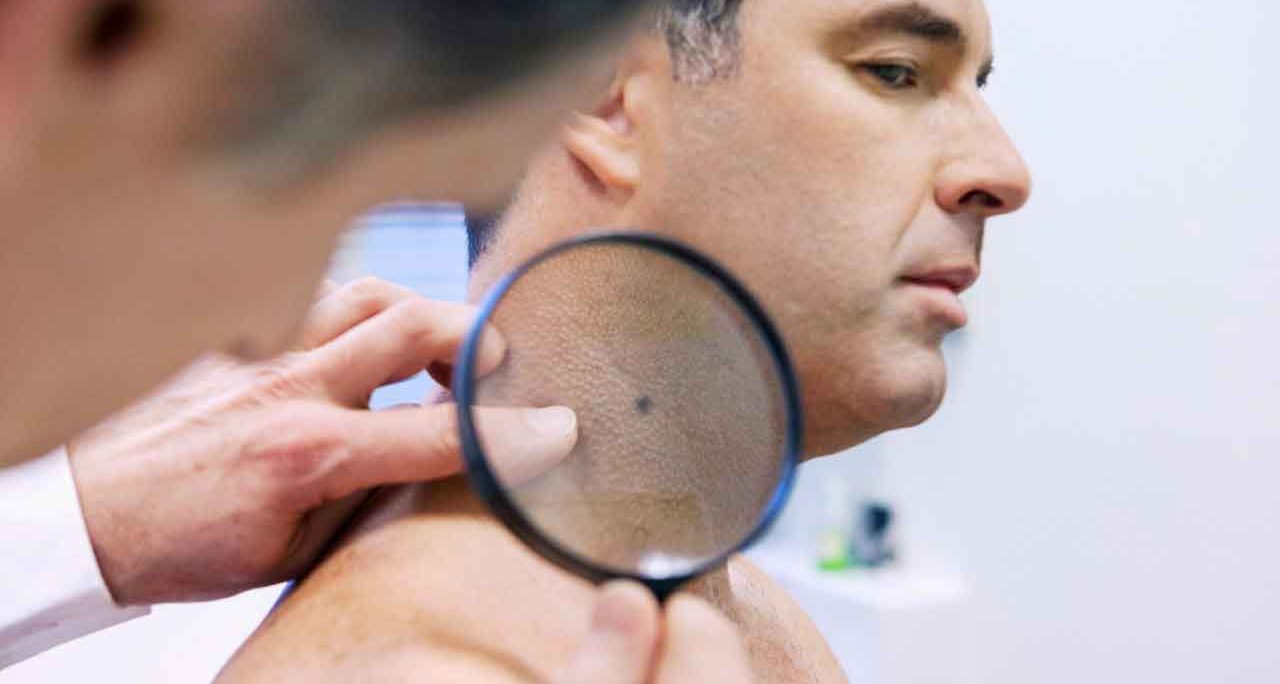Veterans Have a Higher Skin Cancer Risk

Veterans from recent wars not only have a higher risk of melanoma, the most dangerous skin cancer, but they also tend to be diagnosed at later stages.
If you, or a loved one, served in the glaring sun of the Middle East or Afghanistan, it’s especially important to keep an eye out for skin cancer. Pilots and people with fair skin have a higher risk.
Nearly everyone survives melanoma treated at its earliest stage. But if it is diagnosed when it has spread nearby or to lymph nodes (stage 3), the five-year survival rate drops to around 70 percent. If it has metastasized even further (stage 4 or higher), that rate drops to about 30 percent, meaning that most patients die during those years.
As with all cancer, it’s essential to be diagnosed early. A cancer probably “doesn’t look like the rest of your spots,” says Rebecca Hartman, MD, associate chief of dermatology with the VA Boston Healthcare System. “If you have a lot of spots that look similar, that’s usually a reassuring sign. But look for anything changing size, shape, or color.”
YOU MIGHT ALSO LIKE: Know Early Melanoma Symptoms
Veterans are more at risk and are treated later
Working outdoors in the sun, as U.S. veterans did while serving in the Middle East and Afghanistan, is a known risk for melanoma. Although Iraq is north of the equator, lining up roughly with the state of Georgia, many veterans may not have used sunscreen.
That was the case in a small study of about 200 veterans, largely from the Army. Researchers reported that almost 80 percent of the veterans had spent four hours or more daily exposed to glaring sunlight while they were deployed. Among those who spent more time in the sun, typically six hours or greater, only 13 percent said they used sunscreen regularly.
Pilots should also be aware. One Air Force study concluded that pilots and weapons systems officers working in and around fighter jets were 25 percent more likely to be diagnosed with melanoma than the general U.S. population (and 19 percent more likely to be diagnosed with prostate cancer).
An overview of nine published studies noted that Air Force personnel, pilots, World War II soldiers who served in the Pacific or Panama, and officers are at the greatest risk among military personnel. Those working with tanks had the least risk.
Get checked for skin cancer
Veterans also tend to be diagnosed at later stages, when melanoma becomes dangerous. Less than a third of U.S. veterans in one poll reported that they had a skin exam by a dermatologist.
Hartman is a coauthor of a study comparing data for more than 15,000 veterans against data for nearly a third of all Americans, including 166,000 who were diagnosed with melanoma. The research showed that veterans were 18 percent more likely to learn they had skin cancer when it had reached stage 3 melanoma and 13 percent more likely to receive an initial diagnosis of stage 4, when the cancer had spread to other parts of their bodies.
The American Academy of Dermatology offers information on skin changes that should prompt a visit to your healthcare provider ASAP. But it’s an even better idea to have annual skin exams. If you know you served in the hot sun without sunscreen or flew a plane, see a dermatologist regularly.
Updated:
June 13, 2023
Reviewed By:
Janet O’Dell, RN